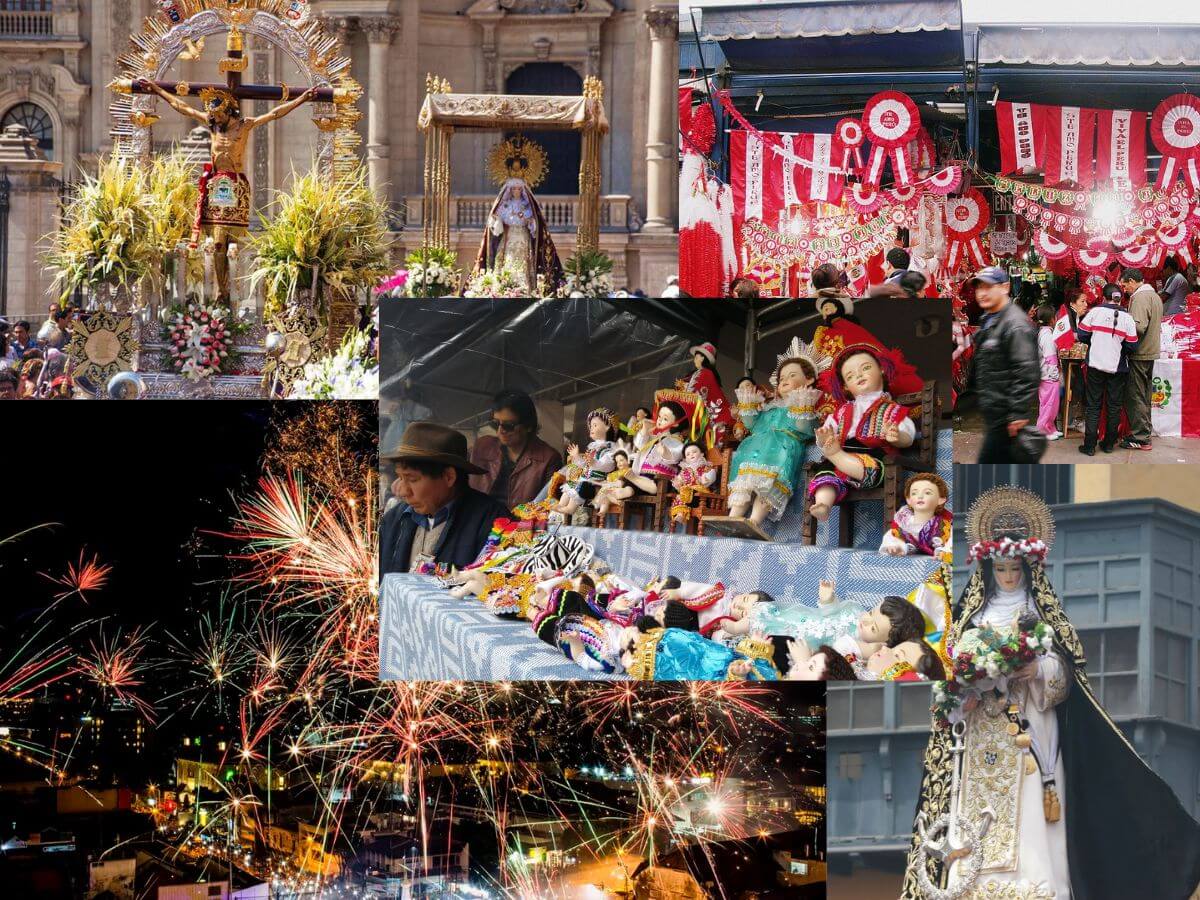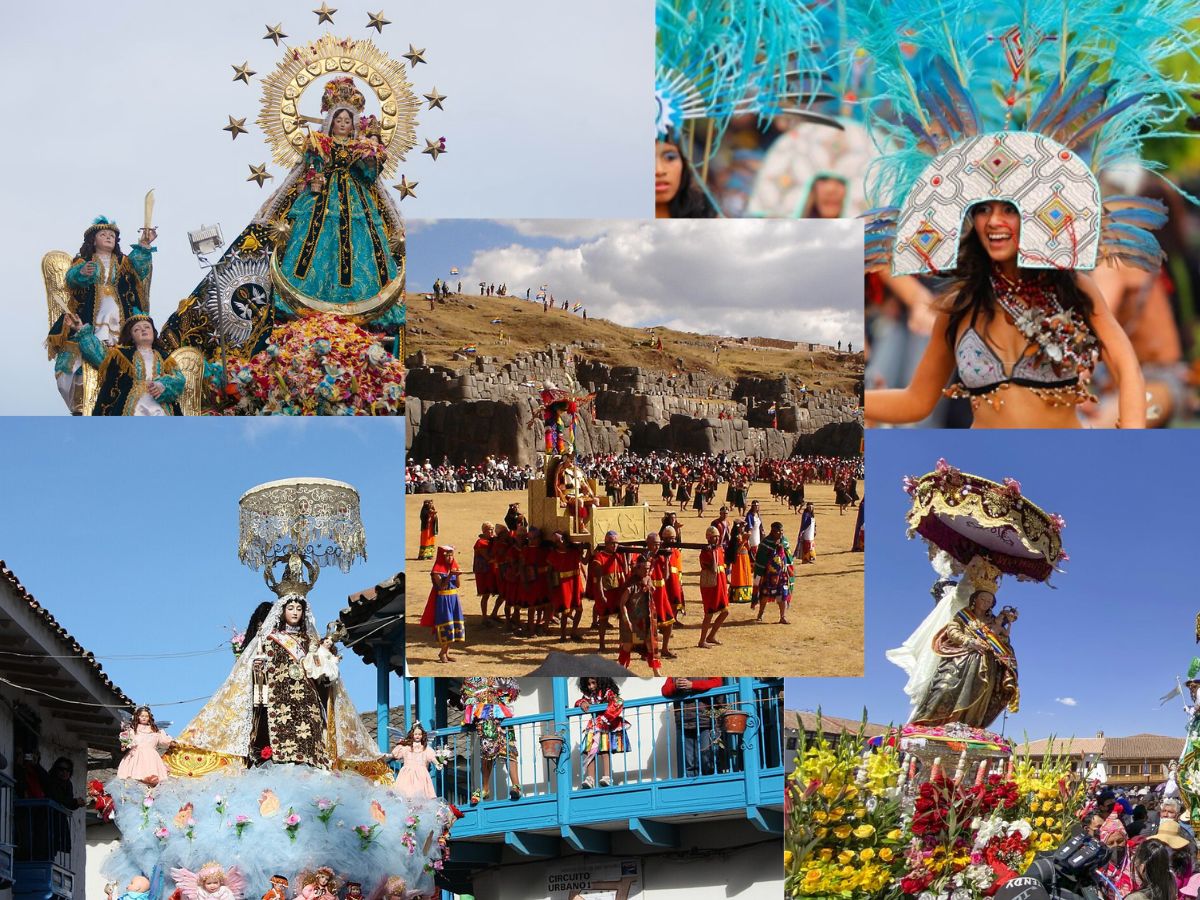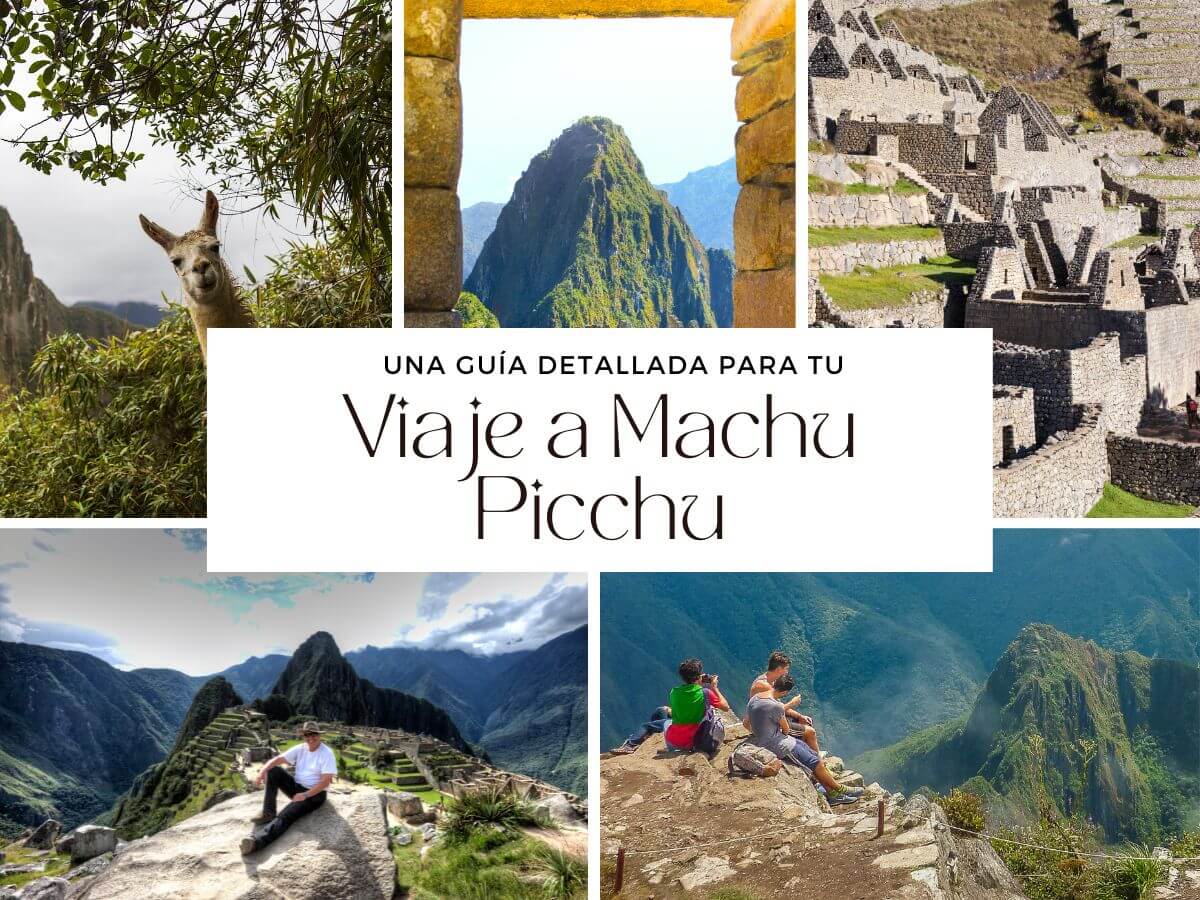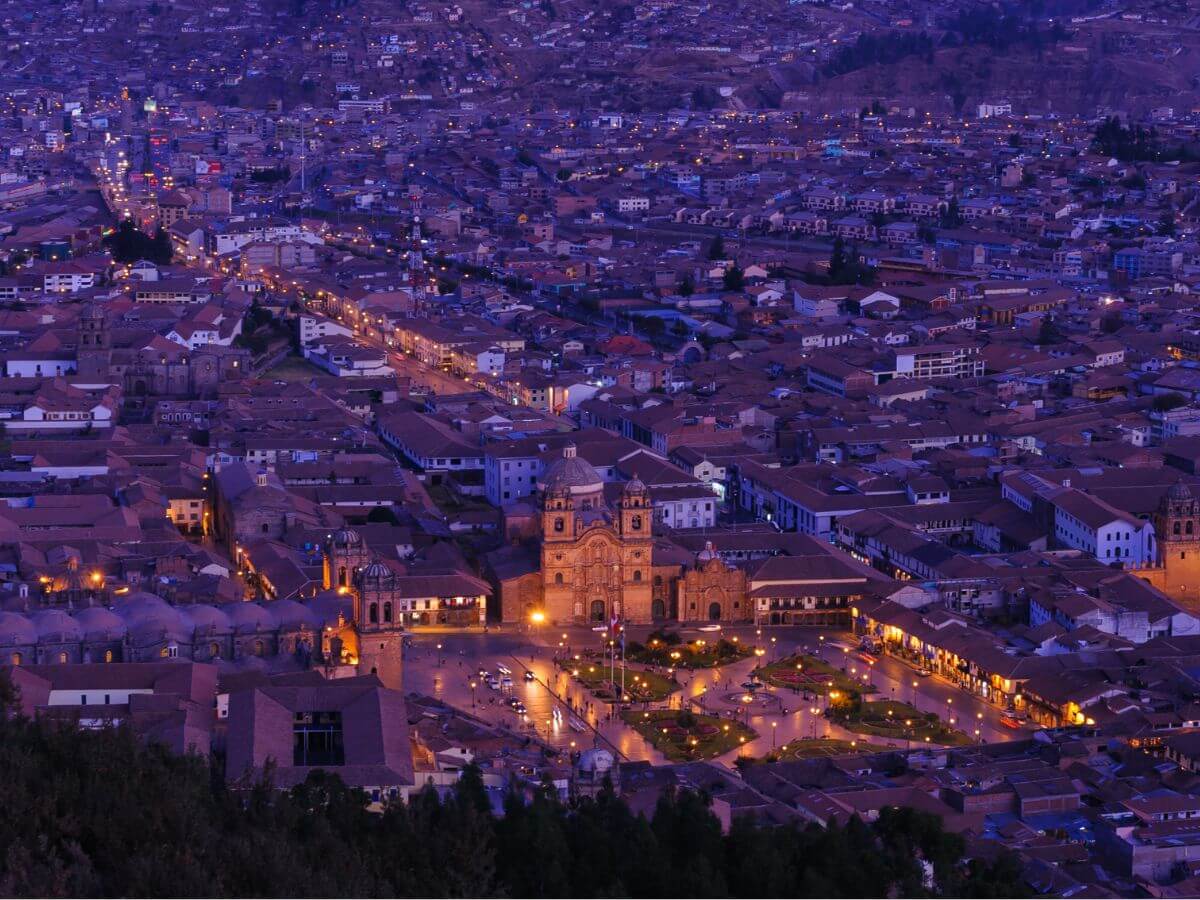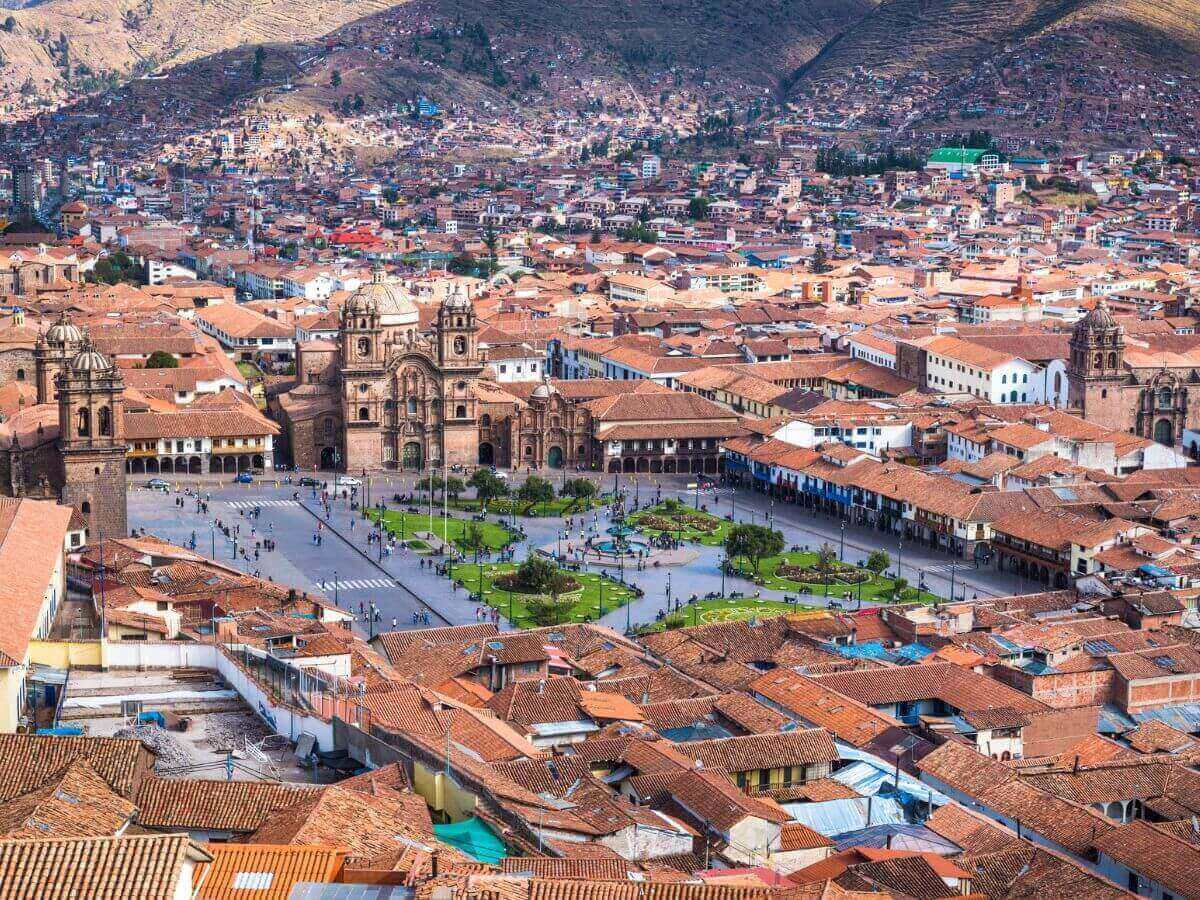The Political Organization of The Incas

The political organization of the Incas
The political organization of the Incas was an absolutist and theocratic, militaristic, expansionist, multinational monarchy (they were part of several nations). Power was concentrated by the Inca “the only king”, who was the extraordinary being who had the right to rule and inherit his power.
What was the division of the political organization of the Incas?
1.- The Inca, the Only King

The Inca was the highest authority in the political organization of the Incas during the Tahuantinsuyo period, which brought together in his person both political and religious power. His power was absolute and he lived in Cusco, where each Inca built a magnificent palace. That is why Cusco became the imperial city of the Incas. From then on, they exercised government work throughout the extensive territory they fulfilled at the service of the state and the community.
2.- The City Council
They were in charge of advising the Inca on the political decisions of the state. They were the representatives of the 4 Suyos (the 4 Districts of the Tahuantinsuyo) and they also were considered as leaders. They met under the direction of the Inca in order to report on the activities in their respective groups.
3.- The Auqui, The Heir Prince

He was the eldest son of the Inca, the crown prince. There are some theories where they mention that the auqui was also named among the younger brothers of the Coya (main wife of the Inca), to later legitimize them. This legitimation consisted in the fact that the Coya had to recognize the bastard son (some of the children of the Inca were not children of the Coya too) as hers by sitting him on her knees and stroking his hair.
Once the auqui was chosen, he had to wear a yellow Mascapaicha (it was like a crown for the Incas) and had to be educated for government work. The auqui took a seat next to his father the Inca. Many times the auqui participated in the functions of the public administration making their own decisions, that is, they put into practice the co-reign system that qualified them for when they assumed power.
4.- The Apunchic

He was the governor of the provinces in charge of maintaining order within the territory, which is why he was named among the bravest and most distinguished warriors, since he had both political and military powers. The apunchic generally lived in a fortress and traveled to Cusco for the Inti Raymi festivities and reported their work only to the Inca and the Imperial Council.
5.- The Tucuyricuj

He was known as “the one who sees everything”. They were considered as the inspectors of the Inca. Its main objective was to ensure the correct management of the empire. They had wide powers to impose taxes and apply sanctions. His person was respected because he represented the Inca himself.
They had a direct relationship only with the Inca and they received orders only from him and only he was given an account of what was observed.
6.- The Curaca

PERU: INCA KING.
An Inca king of Peru on his throne with his wife and dwarf. Photogravure, late 19th century, after a painting by Edouard Riou
They were known as the local authorities of the empire. He was the character who was in direct contact with the community and, consequently, it was his obligation to ensure order, work, production, personnel for military service, the construction of public works, among others.
The curaca lived in a small palace, he had a larger plot for his cultivation than was done by the vassals, he could visit the Inca and be rewarded by allowing them to have an Aclla (the most beautiful women in the Tahuantinsuyo chosen by the Inca) as a wife. The bad curacas were removed from their posts and sent to desolate places in the highlands to serve as shepherds.
The Inca, at the beginning of his reign, married the daughter or sister of each of them, ensuring coordination and understanding between the head of the empire.
Características de la organización política de los incas
- Each section of the empire was divided into provinces or huamani, whose boundaries often coincided with pre-Inca ethno-political borders and were headed by apo or chiefs.
- The Tahuantinsuyo administration was based on two principles: reciprocity and redistribution.
- The town was constituted by a series of groups that carried out different functions.
- The ayllu was the basic unit of all social organization.
- Among the privileges of the Inca was that of being able to choose his women among many.
- The Inca officials supplied the ayllus with merchandise obtained from other latitudes, in exchange for local production.











